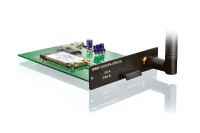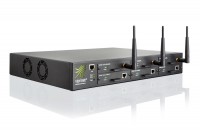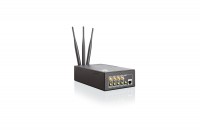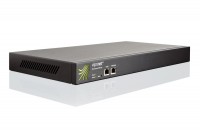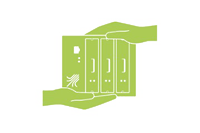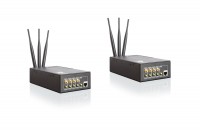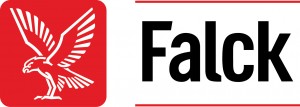Unbelievable, what bonding DSL, UMTS and LTE makes possible
Industrial park going broadband
The industrial park in Seligenporten near Nuremberg, Germany, actually has everything a tradesman needs: The highway A9 is less than three kilometers away; the major city Nuremberg is just around the corner, and all infrastructure needed for living and working already exists – except a powerful Internet connection. The enterprises in this industrial park have to cope with a 2 Mbps connection, and none of the regional telecommunications providers plans to change that anytime soon – unless of course the local companies contribute EUR 250,000 to the total development costs. Understandably so, this is out of the question for small and medium-sized businesses. One company, however, has become a pioneer in regards to using alternative technologies by successfully relying on Viprinet: OM Klebetechnik.
Saving lives by remote diagnosis
Early and appropriate treatment in medical emergencies can save lives and minimize long-term harm. Ideally, treatment should start in the ambulance while it is on its way to the hospital. Furthermore, if the patient has a potentially serious condition, directing them to the appropriate hospital and unit is also vital, so the medical team there can ensure that the necessary treatment resources are available. This is where telemedicine and eHealth solutions come into play. Transmitting relevant patient data like physiological parameters to specialists in the hospital, and making it possible for the ambulance crew to stream high-definition video from the ambulance facilitates major improvements in patient care. Falck Group, a leading
Nordic-based health solution company with a global presence in 45 countries, has equipped ambulances in Denmark with Viprinet technology to enable the transmission of diagnostic information including live video images directly to medical professionals.
Reliable e-cash in 120+ stores
Buying groceries has never been easier than today: If the supermarket of your choice doesn’t have an online shop yet, at least it doesn’t require you to carry cash around; just choose the articles you need and purchase them with your credit card – the Internet makes it all possible. However, as supermarkets become more and more dependent on the Internet, their requirements regarding a powerful connection increase as well: POS systems are centralized, alarms are connected with security services, telephony is realized via VoIP; some stores even offer e-learning for their employees which can be accessed 24/7. All these applications need a reliable and high-bandwidth connection. This is why one of the largest food retailers of the Netherlands, Detailresult Group, chose to install a Viprinet solution in their stores.

